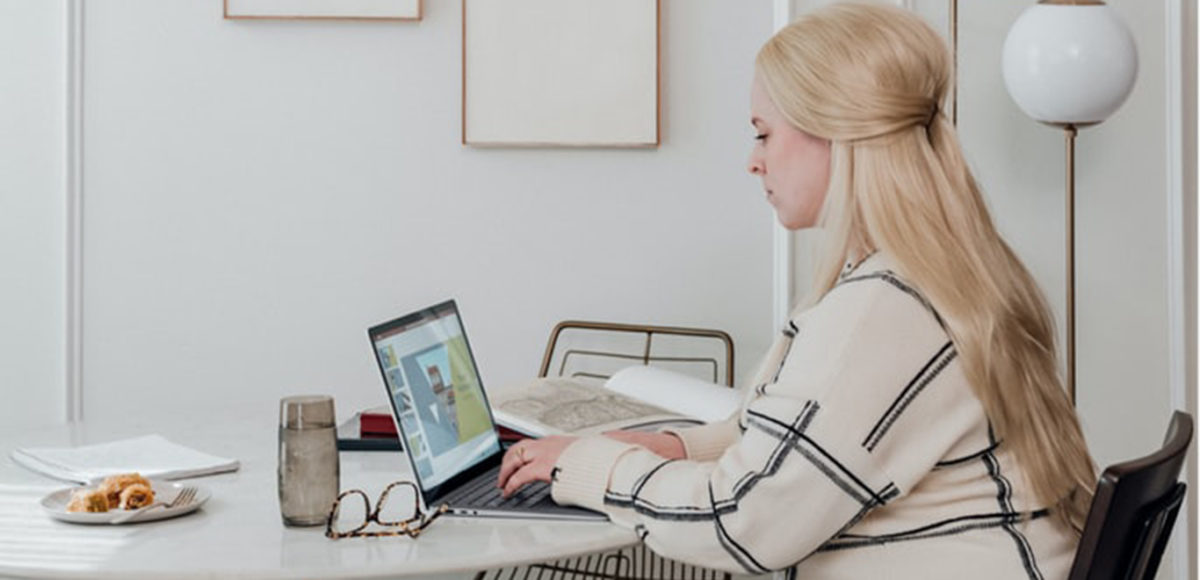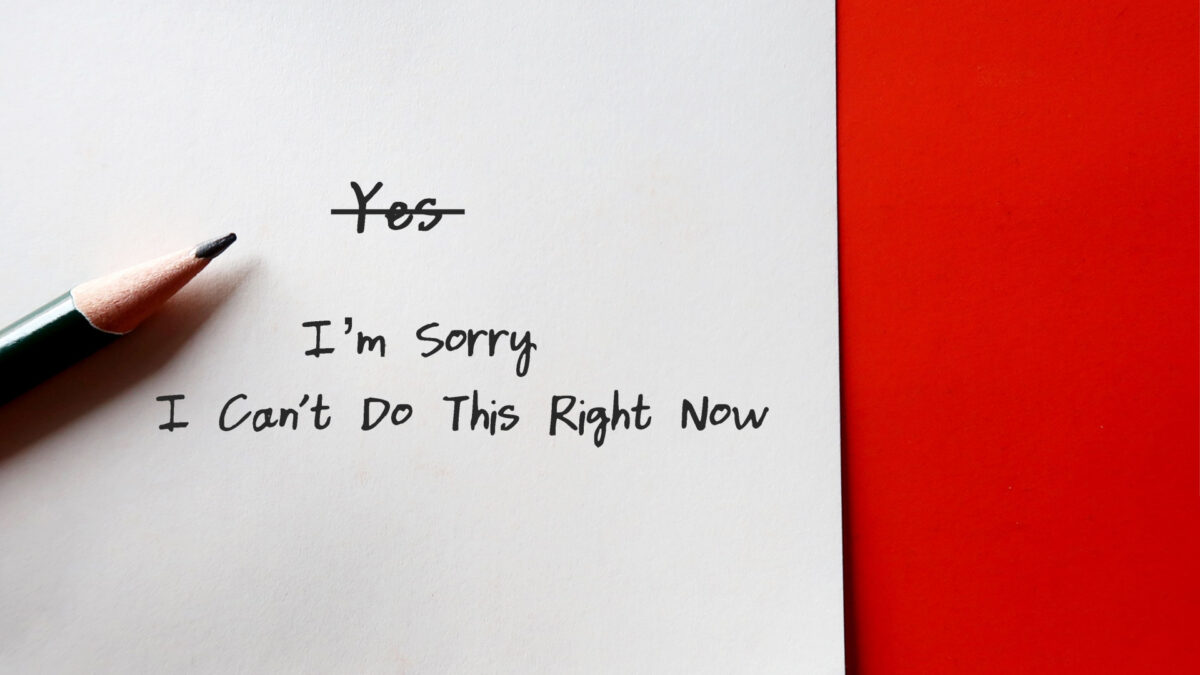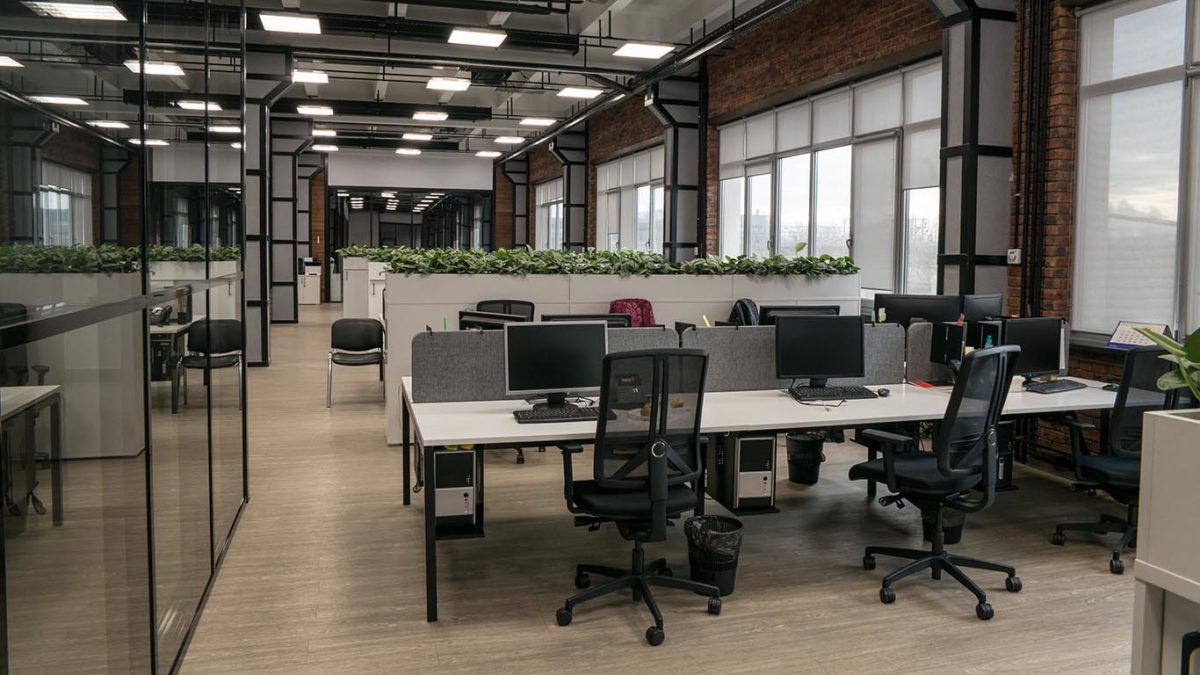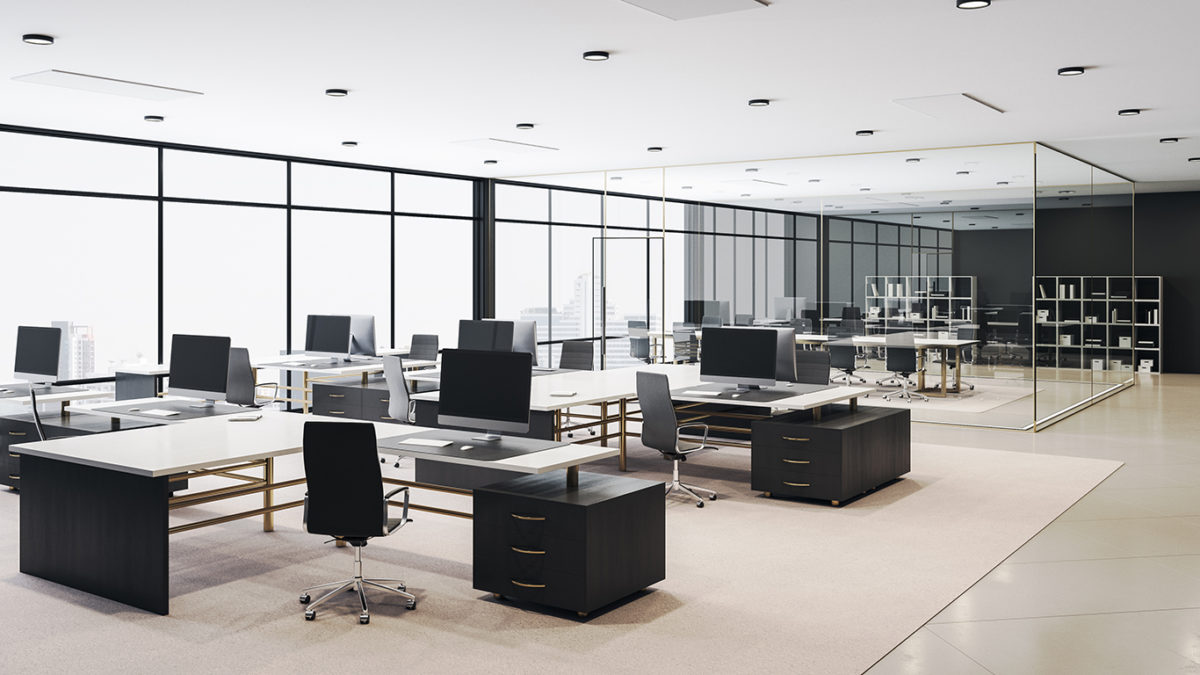It’s in our human nature to long for a community. Think about it – growing up, maybe you did swim team every summer, played lacrosse and joined a few clubs in high school, then joined a sorority or fraternity in college. Just look at the t-shirts in your closet – it’s usually a school, city, or team that you’re associated with, right? We need to feel like we are part of something bigger than ourselves.
When you graduated and entered the working world for the first time, did you feel like you were floundering? You already weren’t quite sure where you belonged, and then you got that first entry-level job. Once you started commuting for 2 hours a day and felt like you were in the movie Office Space, you questioned yourself: “THIS is what I’ve been working up to my whole life?!… and has anybody seen my stapler? Seriously. It’s the red one.”
Somewhere along the way, though, we find our groove, get settled into our new routines and jobs, and really start to flourish.
One of the things I love about the commercial real estate community, which I consider to include end-users, service providers, and CRE firms, is our sense of pride and community. Look around us – everybody is proud to be a part of their respective companies. Aside from the tight-knit communities within each company, we are also given a sense of belonging to a collective unit. The amount of collaboration, teamwork, and genuine camaraderie in this industry is unparalleled.
So many of us have been knee-deep in information about what the future of the workplace is going to look like. As we sit on webinars, participate in Hackathons, and talk about it with our clients, there are so many logistical factors to getting back to the physical space. I’m not trying to downplay cleaning, signage, and desk partitions, but can we talk about the human element for a second? There is SO much we need to consider, and so much is unknown.
Let’s go back to that sense of belonging. What happens when new-hire starts on their first day, and all of their training and orientation is over Zoom?
Especially in that entry-level phase — decorating your first cubicle, drinking subpar coffee, rush-hour induced mental breakdowns, and sitting through your first 2-hour meeting are a rite of passage. Imagine your first few years working without happy hours with new coworkers. Your coworkers become like a second family, and your company becomes your adult-version of your childhood soccer team. It’s part of your identity, and the team you’re proud to stand behind.
If we take this a step further, let’s really pinpoint why people are engaged and satisfied with their employers. Usually, it’s not the product or service itself that people are passionate about. I’ve gotta be honest – when people ask me why I love working for CORT, I’m talking about the people, the management, the culture, and helping clients achieve great things in their businesses.
I can guarantee one thing to you, I won’t go into a monologue about ergonomic chairs and panel systems.
But how CORT takes something as simple as office furniture and applies it in a way that saves companies time, capital, allows them to grow faster and achieve more?
THAT’S what I’m talking about, and I could go on and on about the transparency of the organization, how I always feel appreciated, how our bosses are respectable mentors, and how I learn something from my teammates each and every day.
This type of company culture doesn’t happen overnight, though, and the war for talent is REAL. So what do we do? When so many people have been using their workspace as a way to attract and retain talent and give the company an edge over the competition? After working so hard to create a fun “vibe” that feels warm and inviting, hip and cool, and makes our employees feel like they’re at a chic downtown hotel… now you’re telling me I can only send half my people back to the office, go back to the furniture of the 80s, and we’re barely allowed to congregate or have social functions? (Wait a minute…. What does that mean for my kombucha on tap?!)
At this moment, the whole world is concerned with social distancing and cleaning. Understandably so, but it feels we are missing focus on the more essential things – employee engagement, employee retention, and company culture.
Anyone else feeling mentally fatigued? There’s a reason for that. Our minds are in a constant state of stress behind the scenes, having to figure out how to navigate even the simplest of tasks.
So while things have already been feeling weird with everybody working from home, a huge increase in virtual meetings, and adapting to children or pets at home that doesn’t allow you to get any work done, we at least have the understanding that this is a strange time and that we are all in this together.
We KNOW this isn’t our normal, so we’ve mentally accepted it as a brief disruption. I think the real mental stress starts when we “start” our new normal, and we have to face our reality dead on – things will never be the same, and it is stressful. It feels weird. And it’s okay to not feel okay.
In a world where we once quickly knew what to do, now we have to worry about waiting in line to enter the building, follow one-way traffic paths, and then wait in a queue for an elevator cab that can’t take more than 4 people at a time. We get to our office, immediately wash our hands, take another one-way path to our desk, and sanitize our workstation. Don’t forget your face mask – has anyone else attempted to talk all day behind a face mask? I immediately think of the Charlie Brown scenes in which the adults sound like a mish-mash of trombone noises. This could very well be our reality, though. Not to be a Debbie Downer, but I think we need to be more proactive in addressing the mental aspect because this situation is only going to get more complicated.
So when we figure out future strategies, we need to keep in mind that this will impact all of our employees regardless of how we move forward. Whether that be increasing our remote workforce or changing how the office looks and feels, employee engagement needs to be front and center. We don’t know yet how the new normal will impact employee retention, but it certainly needs to be part of the conversation.
Some questions that come to mind are:
- How do we onboard a remote employee so that they truly get our company culture?
- How do we keep employee engagement alive when people are working from home?
- How do we keep the “vibe” in the office? Social interaction still needs to take place, and we also don’t want the design to fall by the wayside because of social distancing.
- How can we ensure employees are part of a bigger company mission and community without the physical togetherness we used to rely on?
- What are some ways we can promote wellness, both physical and mental?
This article was written by Maggie McDermott Fernandez, the CORT Strategic Account Manager serving National Accounts, on May 5, 2020. Keep your workplace socially distant without being socially awkward. Follow Maggie on LinkedIn for more tips on how CORT Furniture as a Service™ can be a solution in your workplace.






